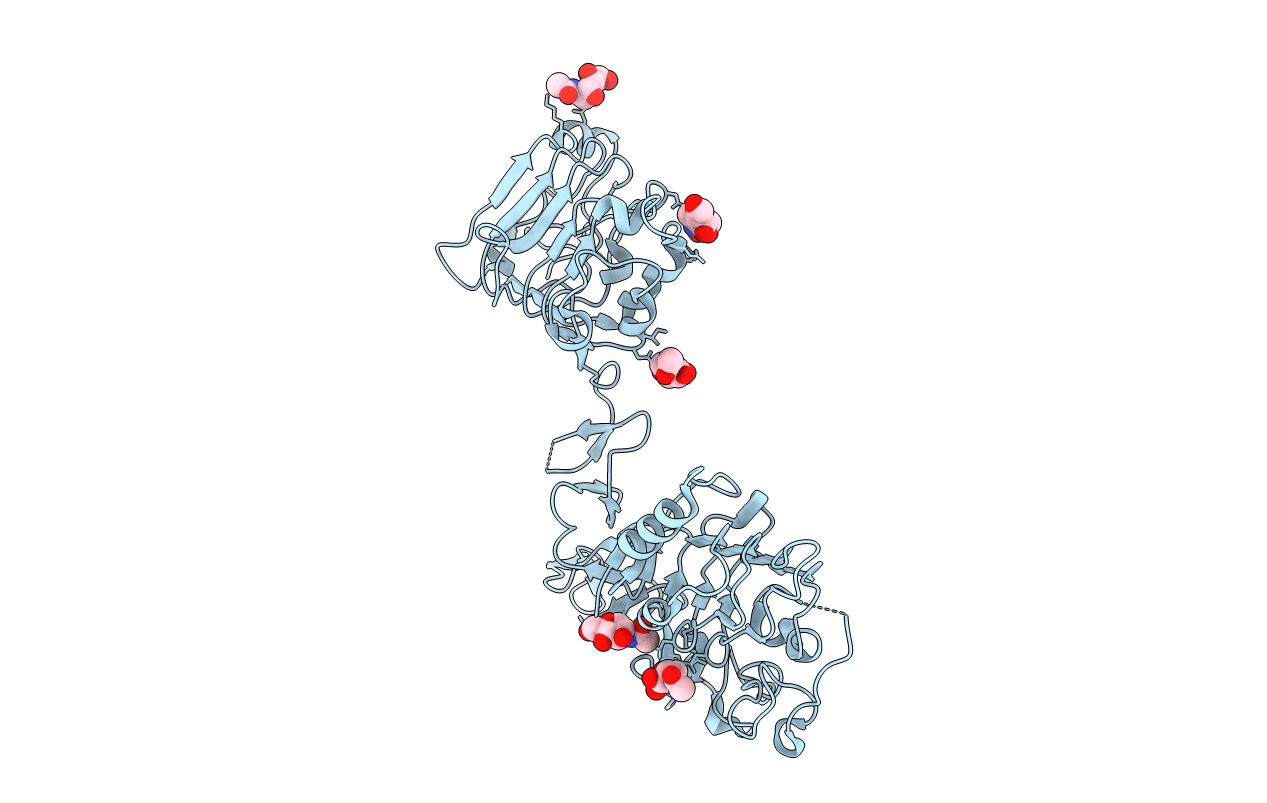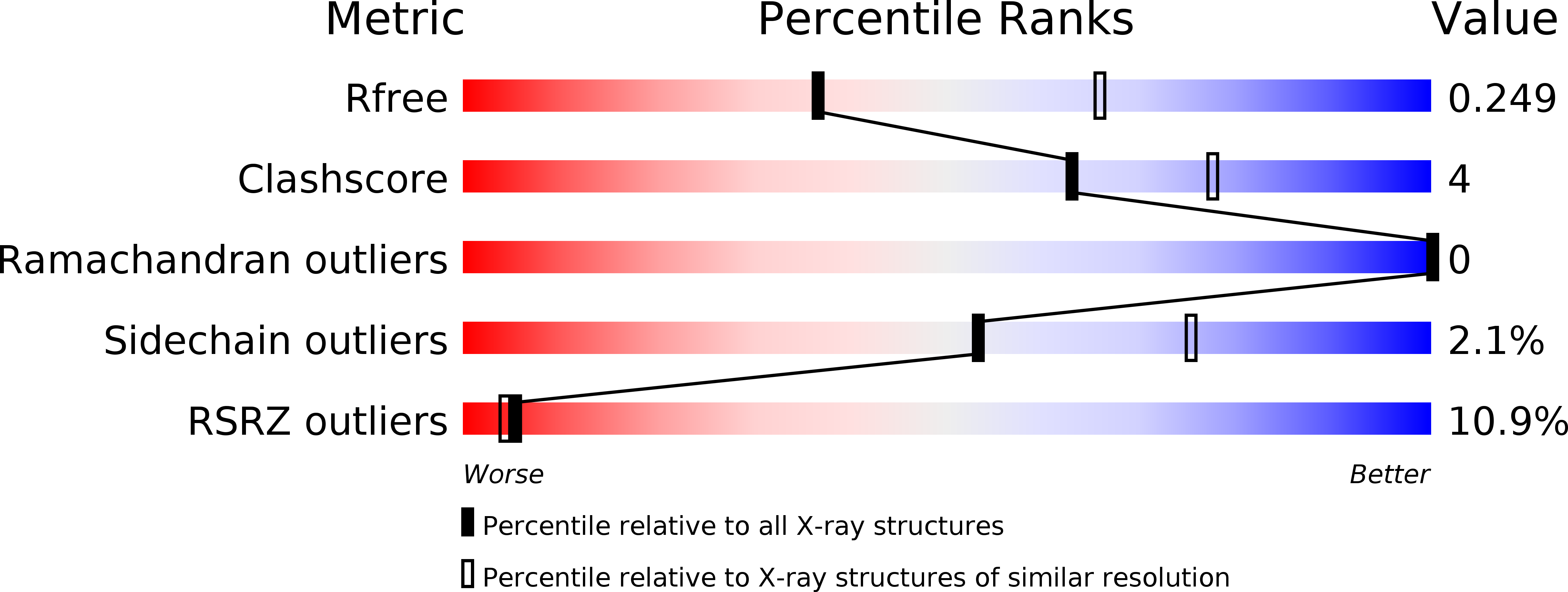
Deposition Date
2011-10-04
Release Date
2011-11-09
Last Version Date
2024-11-20
Entry Detail
PDB ID:
3U2P
Keywords:
Title:
Crystal structure of N-terminal three extracellular domains of ErbB4/Her4
Biological Source:
Source Organism:
Homo sapiens (Taxon ID: 9606)
Host Organism:
Method Details:
Experimental Method:
Resolution:
2.57 Å
R-Value Free:
0.24
R-Value Work:
0.19
R-Value Observed:
0.19
Space Group:
P 21 21 21


